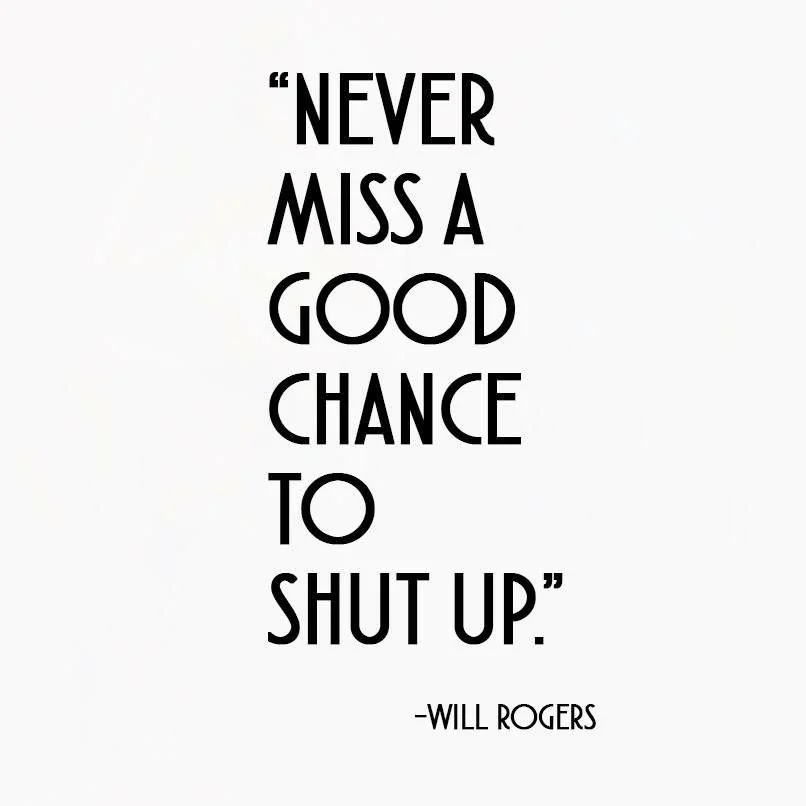5 Strategies for Better Communication 📢
Navigating the Complexities of Communication
Whether in our personal relationships, work environments, or daily interactions, communication can sometimes feel like a daunting challenge. At its core, communication is more than just exchanging words; it’s about connecting, feeling, and being heard and understood.
But why does something so fundamental to our lives sometimes feel so difficult?
Why Is Communication So Challenging? 💬
Communication involves a mix of emotions, thoughts, assumptions, and even unspoken expectations. When we communicate, we're not just conveying information; we're expressing our needs, desires, boundaries, and sometimes, our deepest vulnerabilities. This complexity is what often makes communication hard to navigate.
We’ve all experienced moments when our intentions were misunderstood, or when emotions—whether our own or those of others—derailed the conversation. Communication can feel like a minefield of potential missteps because it’s so intricately tied to our feelings and thoughts in any given moment. And that’s okay! It’s part of being human.
Every act of communication is a miracle of translation. ― Ken Liu
How Thoughts and Emotions Influence Communication
Our internal world significantly impacts how we communicate. Here’s how:
Emotional Reactions: If we’re feeling defensive, frustrated, or anxious, our emotional state can hijack a conversation, leading to misinterpretations or reactions that we later regret. It’s important to recognize these feelings—they are valid and deserve our attention.
Assumptions and Stories: We often approach conversations with assumptions about what the other person thinks or feels, based on our own stories or past experiences. These assumptions can easily color the way we listen and respond. Taking a moment to step back can help us untangle these narratives.
Unexpressed Needs: Sometimes, the real issue isn’t what we’re saying, but what we aren’t saying. Unexpressed needs or boundaries can create tension, as we expect others to understand us without fully articulating ourselves. Remember, it’s okay to voice what we need; it’s a brave step toward deeper connection.
Understanding this interplay of thoughts and emotions is key to improving our communication. Once we recognize how our inner world shapes our interactions, we can begin to navigate conversations with greater clarity, empathy, and intention.
Pause and Reflect
Before diving into strategies for better communication, let’s take a moment to pause and reflect. Think about the last time you found yourself in a challenging communication situation. What made it difficult for you? Here are some questions to guide your reflection:
What emotions were you experiencing (anger, anxiety, guilt, shame)?
What expectations were getting in your way?
Were you holding on to a goal that was unrealistic in that conversation?
How do you think your past experiences influenced the way you communicated in that moment?
What needs were you trying to express, and how did those needs influence your response?
In what ways could you have approached the conversation differently to promote understanding?
Allowing yourself to reflect on these questions can provide valuable insights and help you approach your next conversation with a greater understanding of your own motivations and emotional landscape.
5 Strategies for Better Communication 📢
1. The Power in the Pause ⏸️
Emotions often trigger automatic responses. When we feel misunderstood or criticized, it’s easy to react instinctively. To prevent this, try pausing before you respond, especially in emotionally charged situations. Take a deep breath and allow yourself a moment to process your feelings. This small step can create space for thoughtful responses instead of knee-jerk reactions.
2. Listen to Understand, Not to Respond 🎧
One of the biggest barriers to effective communication is the tendency to listen with the intent to reply, rather than to truly understand.
Active listening means focusing fully on the other person, without judgment or planning your response. It’s about hearing both the words and the emotions behind them. Reflecting back what you hear can be powerful: “I heard you say X; it sounds like Y…” This not only shows you care but also fosters trust.
3. Be Mindful of Your Assumptions 🧩
Our minds are wired to make quick assumptions about people’s intentions, often based on past experiences. However, these assumptions can create misunderstandings. Instead of assuming you know what the other person is thinking or feeling, ask clarifying questions.
A simple “Tell me more…” can open up a world of understanding.
4. Express Your Needs Clearly 💬
Other people cannot read our minds. When we expect others to intuitively understand our needs—whether it’s a need for space, support, or connection—we may end up disappointed, upset, or even angry when that expectation isn’t met.
Clearly expressing your needs can feel vulnerable and scary, so give yourself the grace to practice in relationships that feel safe. It’s a vital step toward building deeper connections.
5. Stay Open and Curious 🔍
Curiosity is a beautiful and powerful tool in communication. When we remain curious, we’re less likely to become defensive or make assumptions. We can approach conversations with openness, seeking to understand the other person’s perspective without judgment.
If you find yourself getting frustrated or defensive, ask yourself, “What am I not seeing here?” or “What can I learn from this person’s perspective?” This gentle curiosity can lead to deeper, more meaningful conversations.
A Closing Thought 💭
Communication is at the heart of being human.
It’s messy, complicated, and deeply tied to our emotions and thoughts. Try not to make being right your goal; instead, prioritize understanding and collaboration. This shift in mindset can transform conflict into an opportunity for growth.
By approaching our conversations with empathy, self-awareness, and a commitment to understanding rather than reacting, we can turn even the most challenging interactions into opportunities for connection. Each conversation is a chance to deepen our understanding of ourselves and each other.
Let’s Talk
Are you interested in exploring what strategies can help you navigate difficult discussions and communicate with more confidence and ease? Are you ready to start the coaching process and build supportive communication skills? Get in touch—we can discuss your needs and goals and find ways to personalize this process so you can get the most out of it.



